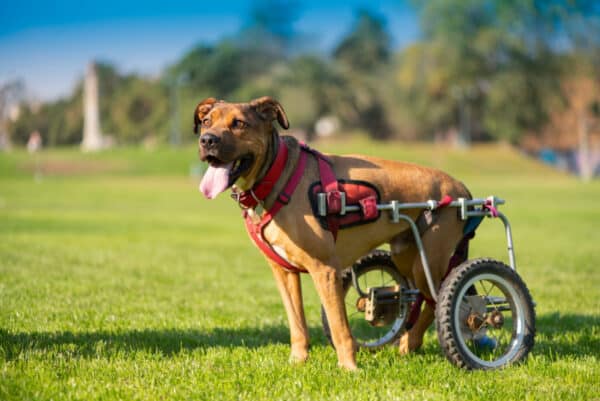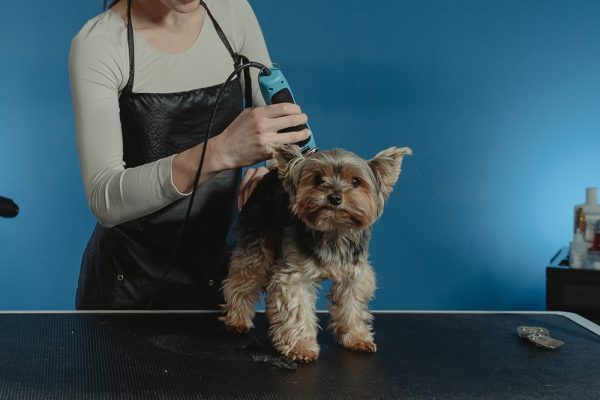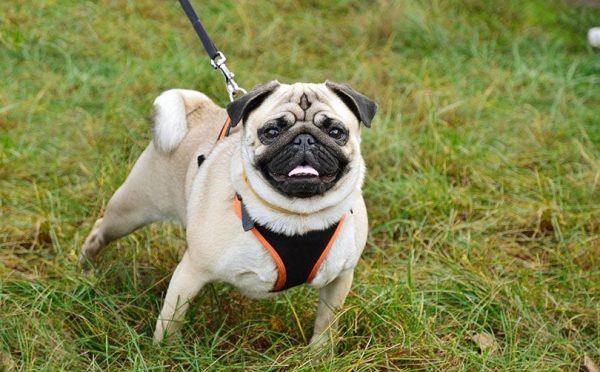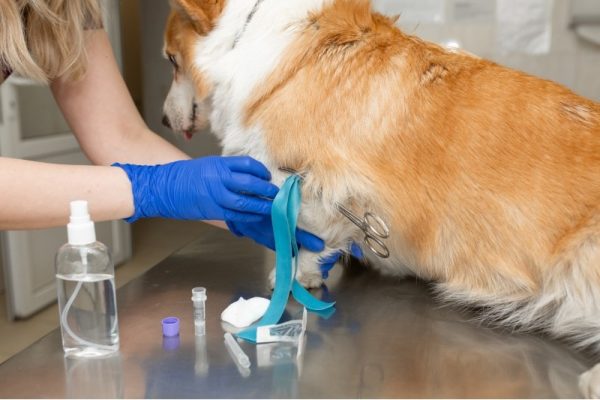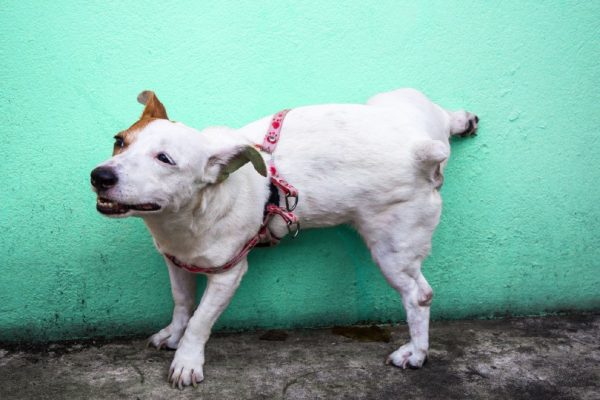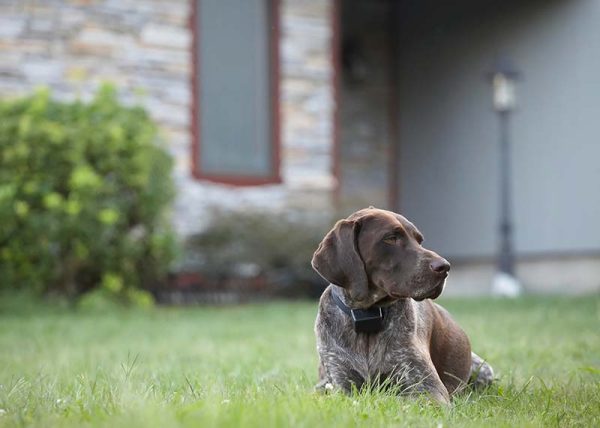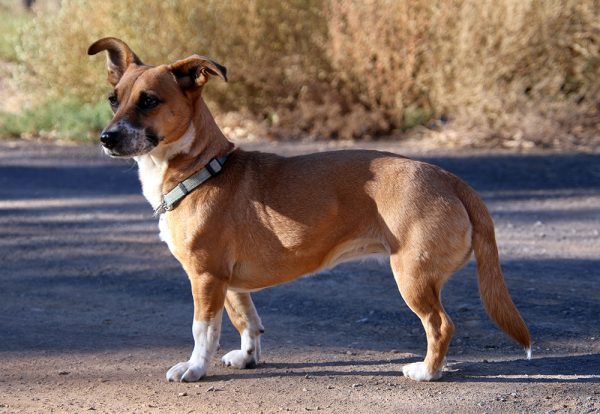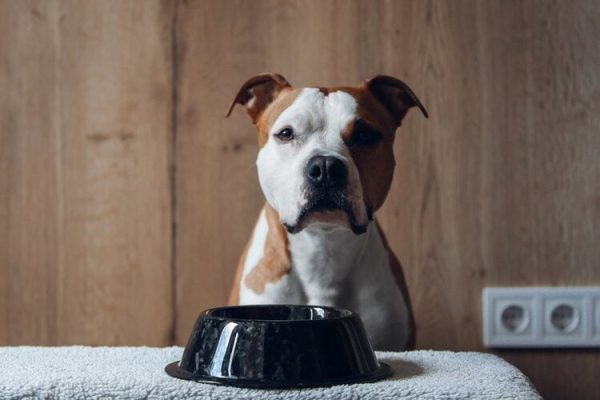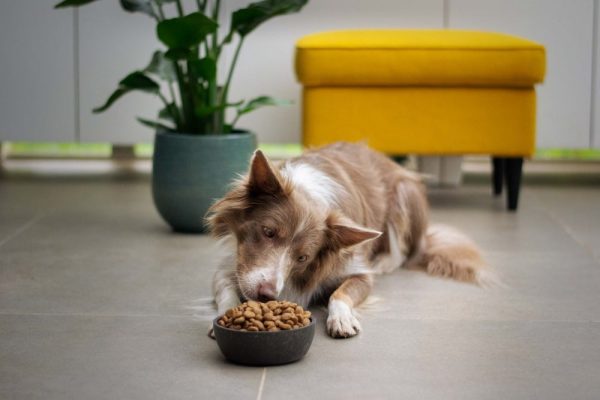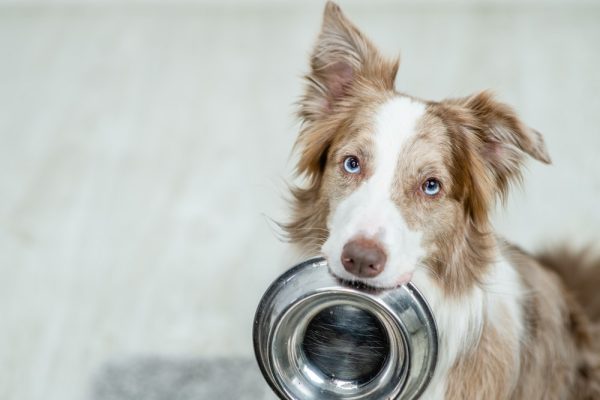Most veterinarians, breeders, and dog trainers recommended crate training. Not only is it useful during housetraining, but it is also convenient in other areas of training, can help with anxiety, assist with travel, and will help keep your dog out of trouble.
Whether you are home and supervising your dog, traveling with them, or you have to leave the house for a bit, there are some things you can do to help keep your dog busy and entertained during their time in the crate. Let’s look.

The 7 Tips and Tricks to Keep a Dog Busy in a Crate
1. Durable Chew Toys
Providing your dog with some durable chew toys while crated is a great way to keep them from being bored while they are confined and also leads to a positive association with the crate. You do need to ensure the chew is durable enough that they will not rip it apart. If they were to shred a toy, it becomes a potential choking hazard or could even lead to a blockage if swallowed.
Always supervise your dog with new toys to make sure they can withstand your dog’s chewing. Avoid toys such as ropes, tennis balls, or plush toys that are easy to tear up, unless you are supervising them the entire time they are crated.

2. Puzzle Toys
Puzzle toys can be very beneficial, especially while your dog is in the crate. These toys are meant to keep your dog mentally stimulated and encourage problem-solving skills. This type of toy can keep your dog busy for hours, which is perfect if you are out and about.
Most puzzle toys are made for durability, as most will include a place for treats to help entice your dog even more. The puzzle toys that include treats are a huge bonus since your dog is rewarded at the end for their hard work and perseverance. Always supervise your dog with puzzle toys to make sure they do not attempt to chew them, especially if they are struggling to figure them out and become frustrated. Do not leave a puzzle toy inside a crate with your dog for extended periods of time!
3. Treat-Dispensing Toys
Treat-dispensing toys are a great way to keep your dog busy while crated. There’s a wide variety of treat-dispensing toys on the market and Chewy has a great selection available. You may have to grab a variety that poses a real challenge for your dog because when they get hungry, they’ll try and figure out a way to outsmart the toy.
Some of these toys use treats, bits of kibble, or even peanut butter. They typically come as very durable toys, but you will want to ensure durability for safety reasons if your dog will be crated while you’re away. Licky mats can also be used, as they can keep your dog occupied for longer periods, but make sure they are durable and do not get chewed up.
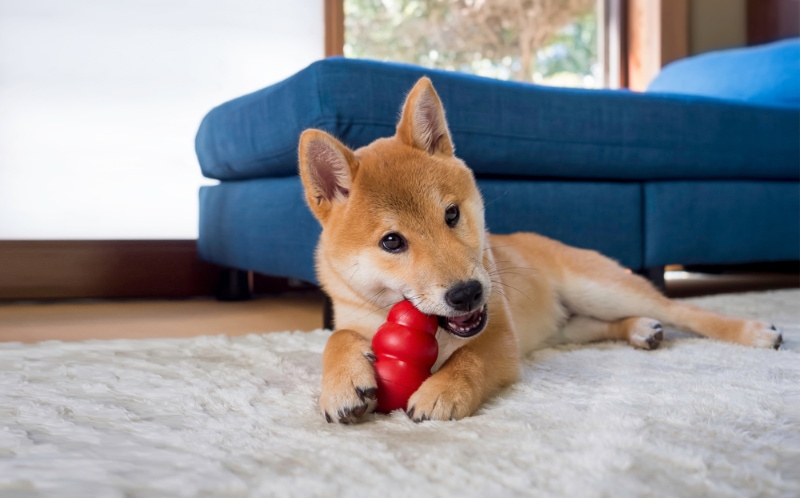
4. Cozy Bed
If you want your dog to feel nice and comfortable while crated, try putting a super-comfy dog bed in the crate so they can snuggle up and enjoy a nice, luxurious nap. You can encourage your dog to lay in the crate during the day by keeping the door open and having that cozy spot all set up for them inside it. Some extra toys and treats never hurt, either!
Keep in mind that if you were to leave the home, you would need to ensure you’ve provided a bed that could withstand chewing. They do make some durable dog beds for this purpose. You wouldn’t want to come home to a shredded dog bed in the crate. It may be messy but if your dog were to swallow any material, it could warrant a vet visit. Also provide enough physical exercise and mental stimulation before crating your dog, allowing for well-deserved nap time.
5. Leaving the TV On
Let’s face it, most of us would take our dogs everywhere with us if we could. Whether you are headed out for work, running an errand, or have something else you need to do, it’s never easy to lock your beloved dog up in a crate and walk out the door.
If you are leaving the house or just leaving the room for a bit, one way to keep your dog settled and more occupied is to leave the TV on. This may not provide them the same kind of stimulation that toys can, but it can certainly make them feel like they are not alone while you are away. The talking and noise from the TV can soothe them and make them feel more comfortable overall.
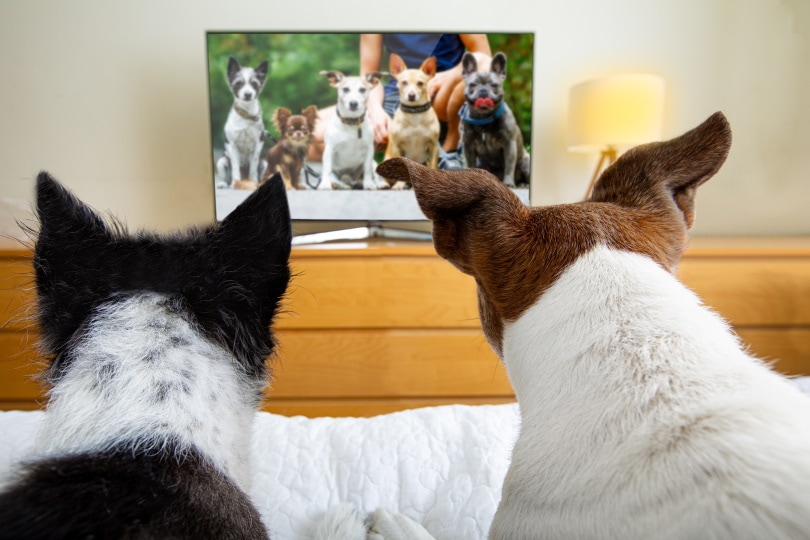
6. Music
Your dog may appreciate some tunes if you aren’t going to be around for a few hours. Of course, it’s only fair that you pick their favorite genre. In the same way that the TV can be soothing to a crated pup, turning on some music can also help.
Interestingly, research has shown that classical music has a relaxing effect on dogs. One study of 117 dogs even revealed that the dogs spent more time sleeping and less time vocalizing when listening to classical music compared to other music genres or no music at all. So, if you want to keep your dog busy sleeping while crated, classical music may be the way to go.
7. Pet Camera With Two-Way Audio
Pet cameras are growing in popularity these days. It helps pet owners keep an eye on their beloved animals while they are away, a form of necessary spying if you will. A lot of these cameras feature two-way audio capabilities so not only can you listen in on what’s going on in your home, but you can also chat with your dog while they are crated.
This may not be an easy thing to do when you are out and busy with errands, but you can check in on your dog in a happy, loving tone of voice. This will not only keep them occupied but also provide a sense of comfort for them. It’s amazing how far pet technology has come along in recent years. However, be aware that some dogs may become agitated if they hear your voice and then realize you are not there, so it’s best to test this several times first while you are still close to home (for example, from the car) so you can return and soothe your dog if they get upset.
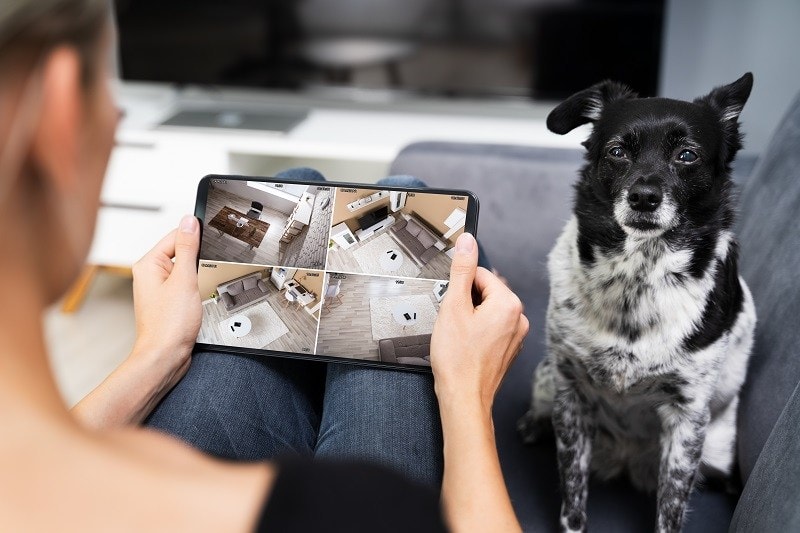
 Why Use a Crate?
Why Use a Crate?
Crate training provides many benefits for both you and your dog. Most veterinarians, dog trainers, and reputable breeders will highly recommend crate training.
- You can housetrain your new puppy or dog much more quickly and easily through crate training. Dogs do not like to soil where they sleep, making the process flow much more smoothly. You can prevent accidents and establish an outdoor bathroom routine.
- When properly trained, your dog will see their crate as a safe place and will choose to use it whenever they need a break or feel overwhelmed.
- You can have peace of mind knowing your dog is safely secured in the crate while you are away. You do not have to worry about what they are destroying, whether they might be eating something harmful or toxic, or what kind of negative habits they could be picking up.
- You can help establish a routine with your dog that allows other areas of training to come more easily. You will also help prepare them for any routine other members of the household may be on.
- If you have guests over to your house, you can rest assured you have a place to put your dog if they are being a bit too rambunctious or you have a guest that prefers not to be around dogs.
- Once your dog is comfortable in the crate, it can make traveling much more convenient. Once the crate becomes their safe place, it will provide them with a sense of comfort and security while in the car.
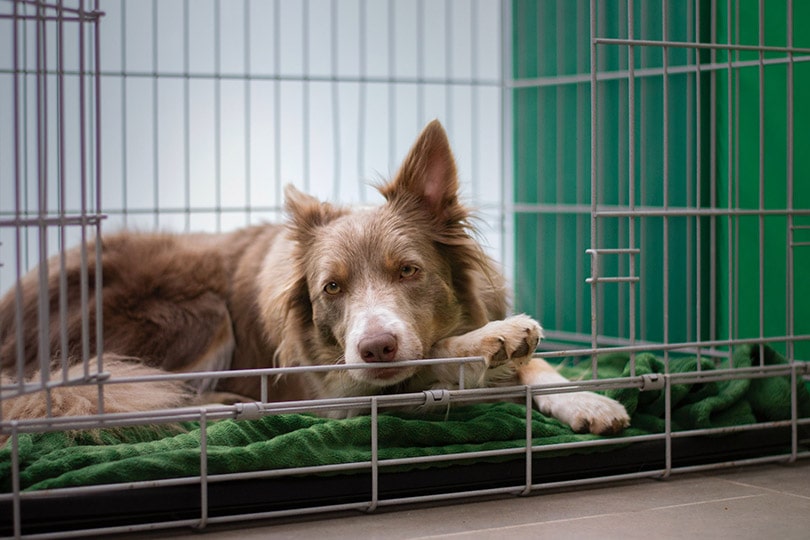
The 3 Tips for Crate Training
1. Stay Committed to the Training
It’s important to keep up with the training and not slack off during the process. It’s easy to bring home a new puppy and feel awful having to keep them in their crate. You need to keep in mind that this is very beneficial for both you and the dog. Consistency is key to successful training and will help the process go much smoother.
2. Ensure Positive Association
Crate training can stress dogs out at first. You want to make sure you make this a very positive experience for them. Try feeding them meals or providing treats in their crate; this will help them associate the crate as a reward. Place some comfortable bedding and leave their favorite toys in the crate. Leave the door open when the crate is not in use so they can wander in and out comfortably, and reward them when they choose to use the crate.
3. Limit Crate Time
Never leave your dog in a crate for more than 8 hours, or 3 hours in case of puppies. Put a limit on how much time they spend in their crate, as keeping the dog in there for long periods can make the training process go south really fast. This is another part of a positive association. Keeping your dog locked up for long periods will leave a sour taste in their mouth.

Conclusion
Crate training is full of benefits for you and your dog. Thankfully, there are some tips and tricks you can utilize to help keep your dog busy while they spend time in their crate. Whether you’re out and about, traveling, or just getting through the crate training process, there’s no shortage of things you can do to make the experience as positive as possible.
You might also be interested in:
Featured Image credit: Parilov, Shutterstock

 Why Use a Crate?
Why Use a Crate?
